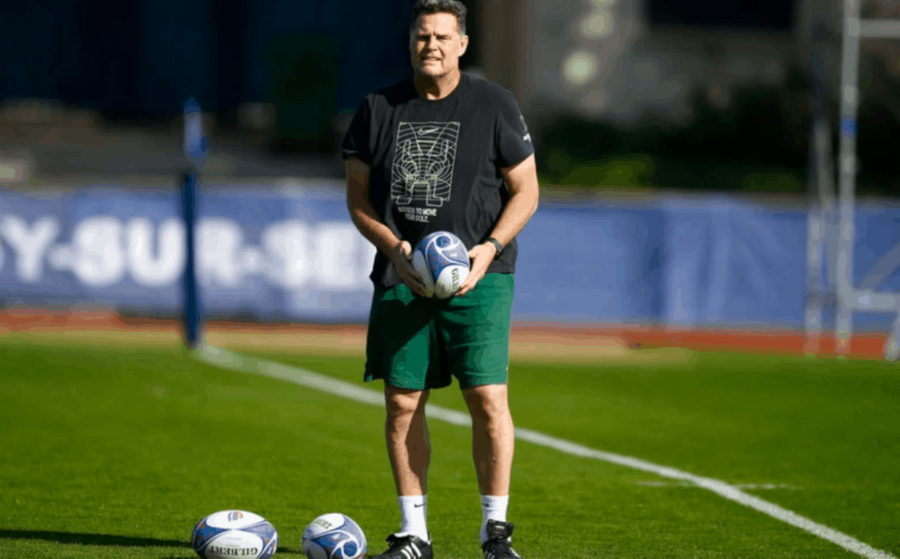
Rassie Erasmus speaks after his hospitalisation
Rassie Erasmus, the mastermind behind the Springboks’ back-to-back Rugby World Cup victories, has spoken publicly for the first time since his freak accident and subsequent hospitalisation.

Rassie Erasmus has come out in support of a new set of rugby laws aimed at making the game safer at school and club level in South Africa.
WATCH: Siya Kolisi’s funny Shibobo-themed congratulatory video to Bafana
The updated laws for amateur rugby relate to lowering the maximum legal tackle height, while also outlawing potentially dangerous ball-carrying actions and techniques.
Although these new laws are not applicable at senior professional level, Rassie Erasmus, SA Rugby’s Director of Rugby, said the Bok coaching staff identified lowering the tackle height as a critical step if they wanted to win the tournament.
“Tackling lower is coachable, so this cannot be used as an excuse – you need to coach and practise correct technique,” he said.
“We therefore built it into our conditioning and technical preparation for the tournament. You cannot simply tackle lower without focusing on the correct technique.
“Tackle bags are only training tools and should not dominate your tackle training. You do need to work more on moving bodies, but within a controlled space, where players learn to adjust their height within a more dynamic game-like situation,” Rassie Erasmus added.
ALSO READ | Springboks — ‘We’re 100% behind you Bafana’
RASSIE ERASMUS IS ALL IN ON LOWER TACKLE HEIGHTS
Erasmus said it was imperative to condition players to keep their heads up and drop their height quickly when preparing to tackle an opponent.
“Fitness becomes a critical requirement to continue tackling lower throughout a match, so appropriate fitness and conditioning is critical,” he said.
“Upright ball-and-all tackles are not practical under these laws, so you need to adapt the way you coach the tackle. Wrap tackles bring players more upright into contact, which shares headspace in a high-risk situation, and increases the risk of head-contact and concussions.
“Whether we like it or not, at some stage the laws are going to change worldwide around tackle height, so we need to be part of the solution and not have to play catch-up after the laws have already been made,” Rassie Erasmus concluded.
ALSO READ | Stormers’ Cape Town Stadium among top five best in world
A scientific analysis of South African rugby union tackle-related catastrophic injury data showed that a low-positioned ball carrier entering the tackle contest in a low forward-bent position increased the risk of catastrophic head, neck, and spine injuries to both tacklers and ball carriers alike. Therefore, SA Rugby included the law adaption to restrict how the ball carrier is allowed to carry the ball into contact.
A more detailed explanation of the trial laws, why they were considered and how they will be applied is available on MyBokSmart. A summary document covering the essential elements of these changes can be downloaded by clicking here.

